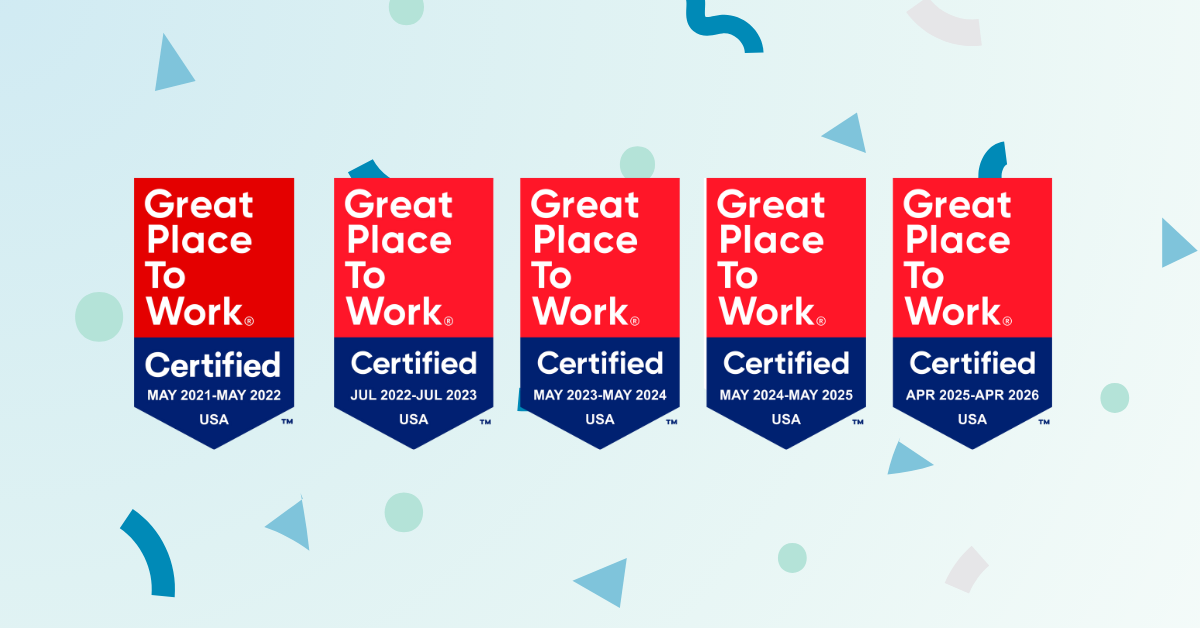During my legal career, I had the pleasure of working at just about every type of law firm. I started at a big firm, moved to a small, up-start litigation boutique, had a solo practice for a while, and even worked as an in-house attorney for a brewery. If there’s one thing all those professional environments had in common, it’s that no one had a really good handle on document management.
Well, perhaps there was one other thing common to each of those offices – everyone wanted a rock-solid document management system, but no one really wanted to be responsible for building it. Often, paralegals or administrative staff would take the first stab at creating a system, only to have it over-critiqued by attorneys. Suffice it to say, the process was not fun for anybody.
While we can’t possibly solve your firm’s document administration woes in one article, here are five of our favorite tips for effective document management and smoother eFiling:
#1: Pick a system and stick with it
These days, there are several software-based document management systems that can be purchased for groups of any size. It can be tempting to let each department within a firm use its own system. Don’t do it – it will only cause problems down the road.
For example, let’s say a prolific real estate attorney decides she wants to join the firm’s litigation department. In most cases, her files would move with her. If those files are stored and organized in an entirely different system, however, converting them to the litigation department’s system could be a logistical nightmare.
Indeed, even things as simple as document naming conventions need to remain consistent across the firm. Going back to the earlier example, let’s say the firm’s real estate department uses a naming convention that is something like: “Date>Author_Initials>Client/Matter Number.” Now, imagine that the litigation department’s naming convention is: “Author_Initials>Client/Matter Number>Date.” When that attorney switches departments, someone is going to have to go back and rename all of her documents. No one will be happy about it.
#2: Train, then train again
Document management systems are fantastic – if they’re used (and used correctly). The only way that can happen is if everyone in the firm knows how to use the system. This means the firm will need to offer up effective (and possibly redundant) trainings.
When the system is first implemented, everyone in the firm should be required to attend a short in-person training on how documents will be organized going forward. This will allow people to ask questions and hopefully understand the thought process behind the system. Additionally, everyone in the firm should receive a memo explaining the system.
#3: Clear “track changes” information
So, now you’ve chosen a system and everyone has been trained on how to use it. Is there anything else you need to worry about? Absolutely, yes.
We all know law firms are places where multiple rounds of revisions are made to a single document. That document may then be shared with opposing counsel, the court, or even a client. Before any document leaves your firm’s desktop, you need to make sure you’ve cleared any “track changes” data that may remain attached to the document.
After all, do you really want your opponents to see the comments you made to your star associate’s first draft? Probably not. It’s best to get in the habit of simply removing that information.
#4: Don’t forget to scrub metadata before filing
Just in case you thought you were safe by clearing the “track changes” information from your Word documents, think again. Did you know that even .pdf documents contain metadata that you might not want getting into your opponent’s hands?
Depending on your .pdf software, those documents might retain information about the author, the number of edits performed, or recipients of the documents. Worse yet, all of this metadata might “follow” a document that you eFile with the court. Even though these sorts of information can be harmless, they can also lead to a whole host of troubles. Best to avoid all that by just deleting all metadata from a document before eFiling.
#5: Password protect appropriately
With all of the concerns about security in the law firm environment, it can be tempting to simply password protect every document you create. That’s not always a great idea, however. Individual documents are sent all over the place. You don’t want to have to share your password with the hundreds of recipients you’ll interact with in the course of a year. You probably also want to avoid creating a new password for each file (who could remember them all?).
A better idea is to simply password protect the electronic file folders that house your individual documents. That way, no one can access documents without your permission, but once you decide to share them, you can do so freely. (Don’t forget to remove passwords before eFiling documents with the court!)
Of course, these ideas are just the tip of the iceberg when it comes to law firm document management. The most important thing is that you have a system that works for your firm, protects your clients, and allows for effective and efficient eFilings.









